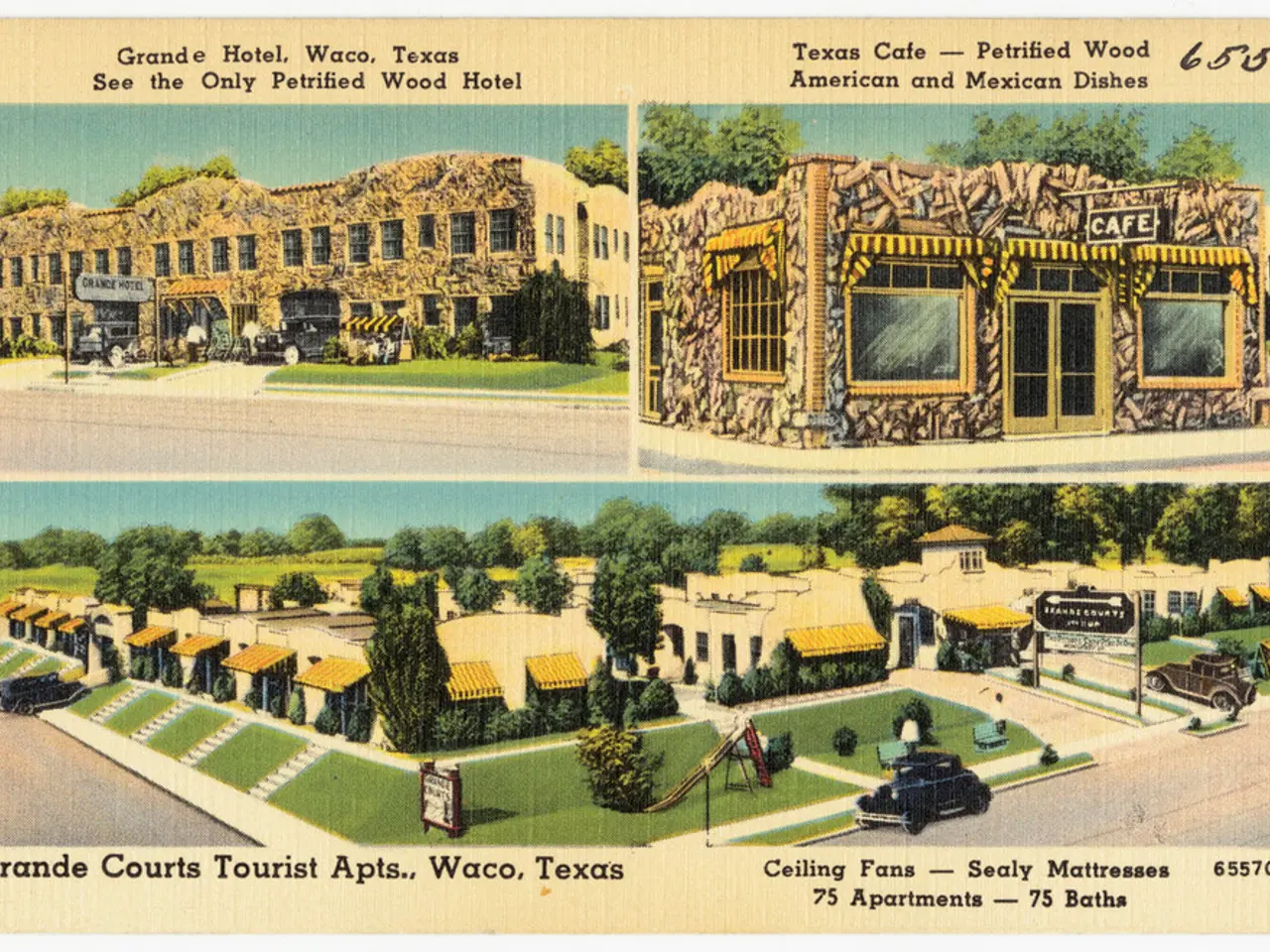The essence of Trump's MAGA ideology centers around copper, aluminum, and steel
The United States, once the world's leading producer of steel, copper, and aluminum, finds itself in a new position as China and other countries have taken over these roles in the early 21st century. This shift has not gone unnoticed by President Trump, who has expressed frustration over the loss of domestic production.
In an attempt to address this issue, Trump has implemented a 50% tariff on all steel, copper, and aluminum imports. This decision has significantly raised domestic metal prices, causing ripples throughout industries that rely heavily on these materials.
The construction, defense, and green technologies sectors, for example, are likely to experience disruption due to these tariffs. For instance, steel tariffs can add over $2,000 in costs per vehicle produced, and aluminum tariffs make U.S.-made planes and products more expensive globally. These cost increases can lead to higher consumer prices and potential job losses.
The economic strains caused by these tariffs are not limited to the industries directly affected. Research estimates suggest that Trump's 2018 steel tariffs led to a direct loss of about 75,000 manufacturing jobs, with many more affected indirectly due to retaliatory tariffs imposed by other countries. Caterpillar, a major player in the construction industry, raised prices to offset over $100 million in extra costs linked to these tariffs.
Politically, the tariffs reflect an "America First" trade policy aimed at protecting domestic industries and national security interests. However, these tariffs provoke international retaliation, increasing the risk of a global recession. J.P. Morgan Global Research estimated the risk of a recession rose to 40% partly due to U.S. trade policy shifts and resulting market uncertainties.
Tariff escalation also complicates diplomatic relations and risks reciprocal measures on U.S. exports. For instance, the European Union, Mexico, and Canada have imposed retaliatory tariffs on U.S. goods, including agricultural products and motorcycles.
The tariffs are not just about protecting domestic metal industries; they are also about appealing to Trump's blue-collar base, many of whom have seen the largest drop in employment opportunities due to offshoring. However, the tariffs may not be the solution they seek, as steel towns in the U.S. have collapsed economically despite government interventions.
The high tariff placed on these goods and the thin average industry profit margin of 5% in electric car production may cause significant challenges for EV producers. The electric vehicle and renewable energy sectors, where these metals are essential and profit margins are minimal, may be particularly affected by the increased input costs from Trump's tariffs.
In summary, Trump's tariffs aim to protect domestic metal industries and address trade imbalances but create economic strains by raising costs, causing job losses in interconnected sectors, provoking foreign retaliation, and increasing broader economic risks.
References: 1. Friedman, D. (2018, June 1). Trump's tariffs could cost 400,000 jobs, study finds. CNN. 2. J.P. Morgan Global Research. (2018, June). Global Economic Perspectives. J.P. Morgan. 3. White House. (2018, March 1). President Donald J. Trump Announces Additional Tariffs on Steel and Aluminum Imports. The White House.
- The tariffs implemented by President Trump on steel, copper, and aluminum imports have sparked conversations within the realm of policy-and-legislation, particularly in relation to finance, as they have raised domestic metal prices and potentially caused the loss of jobs in various industries.
- The escalating trade tensions, precipitated by President Trump's tariffs on imports, have drawn attention in both general-news and politics, with concerns being raised about their effects on global economies, diplomatic relations, and even the risk of a global recession.





